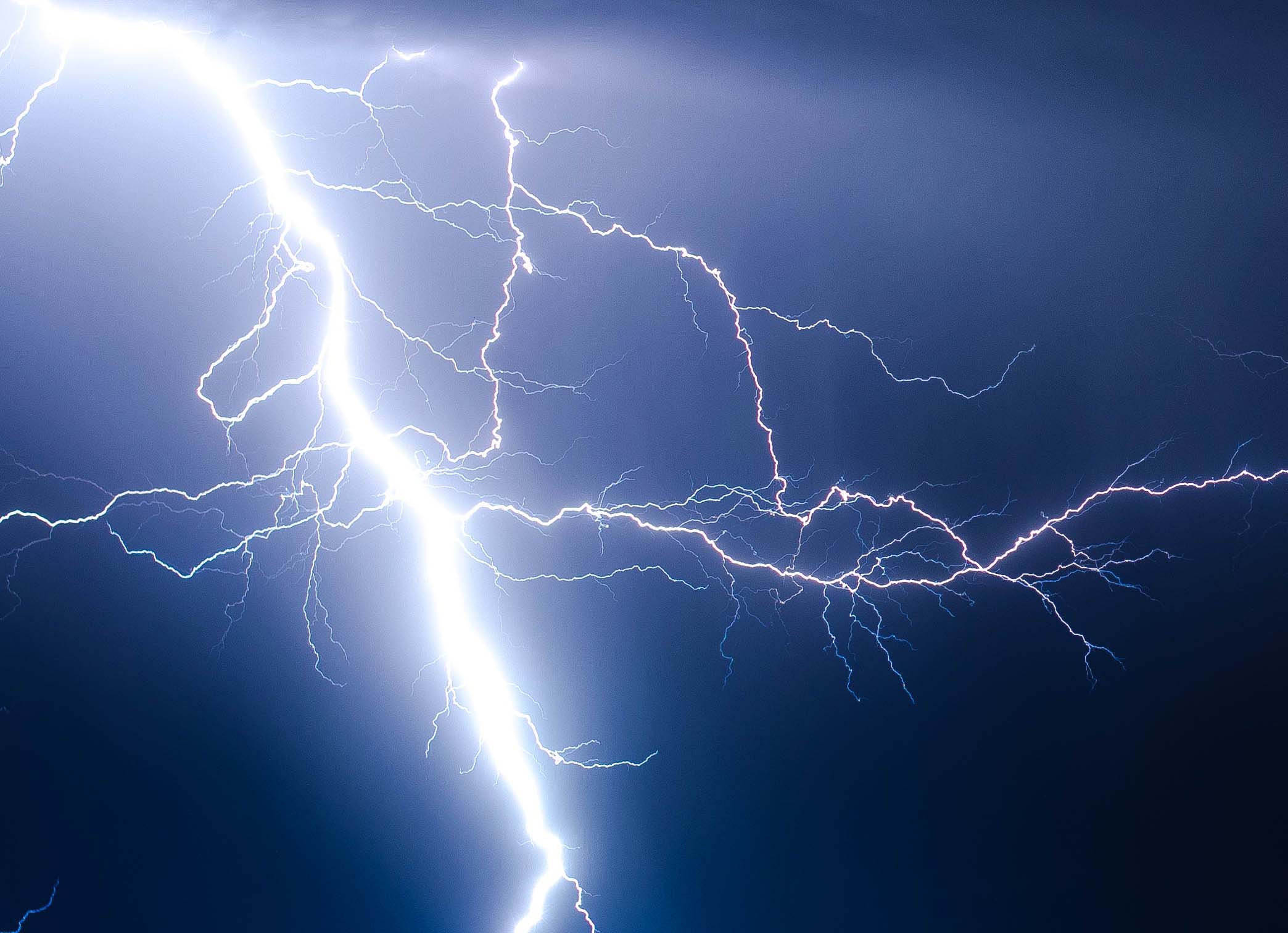Learn How to Stay Safe Around Electricity
What is electricity?
Electricity is energy and energy is the ability to do work.
Where does electricity start?
At the power plant! Electricity is created by wire coils spinning inside big magnets causing electrons to get excited and make electricity. Electricity travels down thick wire to a power transformer that makes the power stronger for its long trip over the transmission lines.
What does it do next?
It travels down transmission lines. The strength of electricity is measured in volts. When it leaves the power plant, electricity is at 700,000 volts. This electricity is transported through transmission lines to substations. At the substation, electricity can be made stronger if it got weaker during its long trip. But more often than not, it’s reduced.
Lower voltages are needed to safely send electricity down smaller wires, known as distribution lines, which San Patricio Electric Cooperative uses to deliver power to your home. Once the voltage has been decreased to a range of 7,000 to 12,000 volts, it can safely be sent to your home, school or business.
What happens when the distribution line gets to a home, school or business?
A transformer at the building reduces the electricity to 120 or 240 volts. Three lines (two active and one neutral or ground) go into a cable, connected to your meter box, and into the building. The meter measures how much electricity is used at the building and it’s how San Patricio Electric Cooperative knows how much to bill each member.
How does electricity get into the building?
Electricity travels through wires, located behind the wall, to electrical outlets. The electricity waits there to go to work. As soon as a plug from an appliance is put into the outlet, the electricity can travel down the cord and into the appliance to make it work.
Electricity Safety Tips
We depend on electricity to light our homes, charge our phones and computers, wash our clothes ... it powers our lives! But electricity can also be dangerous when used the wrong way. Keep these electrical safety tips in mind to avoid accidents and injuries.
For your own safety
-
Don't fly kites near power lines.
-
Don't step out of the car if a power line falls on it
-
Don't climb trees near power lines.
-
Don't put anything in the power outlet that wasn't intended for it.
-
Don't dig without checking for underground power lines.
-
Don't touch electric appliances when you are wet or near water.
How Can Electricity Hurt You?
There are 200,000 electricity related accidents in the United States every year. Around 700 people die from these accidents. Others have injuries that cause them to lose the ability to work or have a meaningful life.
Contact with electricity can:
-
Paralyze your muscles
-
Burn you badly
-
Stop your breathing
-
Stop your heart
-
Kill you

Lightning Safety
Lightning is the most powerful form of electricity on Earth. As a form of electricity, lighting is always trying to get to the ground. It's attracted to tall trees, big buildings, chimneys and even people standing out in the open during a storm.
Don't stand under a tall tree to wait for the rain to stop. Go inside the nearest building. Once inside, make sure you safely unplug electronic equipment such as TVs, DVD players, stereos and computers. If lightning strikes the building, it could burn up expensive electrical appliances and equipment that's left plugged into the wall.
3 Big Electricity Safety Rules
1
Electricity is always trying to get to the ground.
2
Electricity will follow the path of least resistance. And that could be you.
3
Electricity travels at the speed of light, 186,000 miles per second. You don't.
